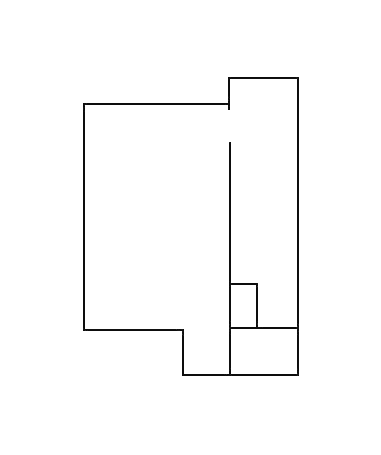Paul Komada | Abstraction’s Softer Thread
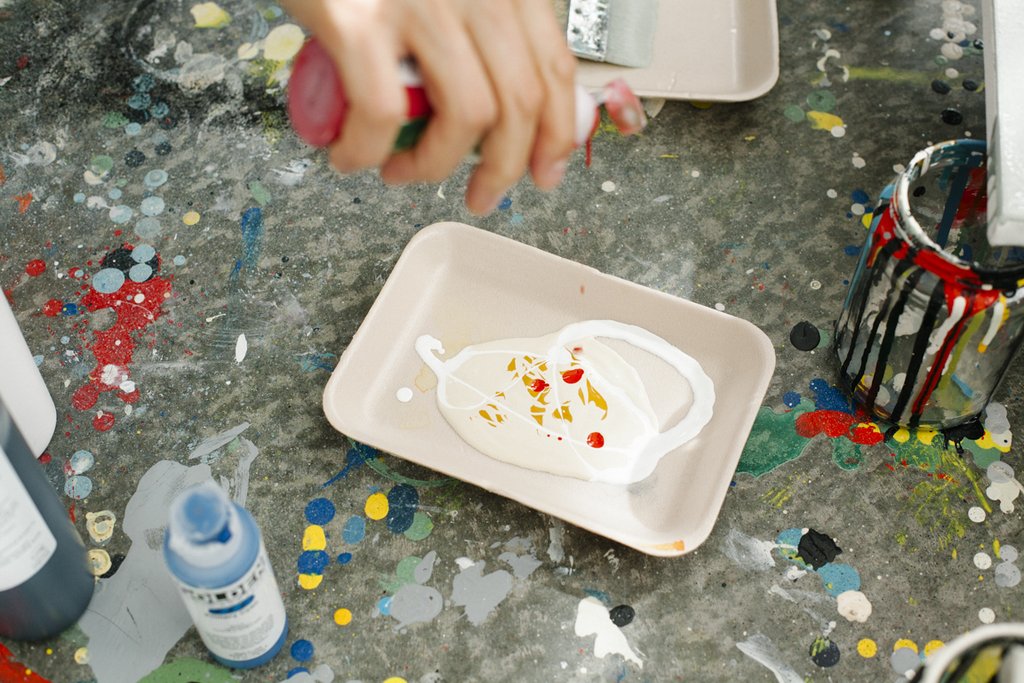
Essay by Jim Demetre | Photographs by Andrew Waits
Although it is rare today to encounter a Seattle artist who both works and lives in the city’s downtown center, the Tashiro Kaplan Building, on a busy corner in Seatte’s historic Pioneer Square, is an oasis where such sightings regularly take place. Walking into Paul Komada’s capacious studio and abode above the often raucous street, one is immediately struck by the intense colors that emanate from every wall, side room, nook and cranny. In addition to the large, abstract paintings with their confident lines, there are tidy bundles of yarn, stacked kitchenware and familiar children’s toys.
Serene, bespectacled and soft-spoken, with a modified samurai hair style, Komada is in conversation as calm, expansive and sublime as his work itself.
Komada is regarded by many as the region’s most exciting practitioner of abstraction. A master of color and surface, he has injected a new vibrancy and dimension into its familiar set of subjects. The oils, watercolors and drawings he has produced since his days as an undergraduate at the University of Washington, where he received his BFA in painting (he later received an MFA in painting from the University of Pennsylvania), have drawn attention for the physical pleasure they evoke, the intellectual rigor they embody, and, most uniquely, an underlying modesty rooted in a sense of the limitations of the fine arts in our contemporary world.
Abstraction, in its purest form, had been associated with grandiose ambitions throughout the 20th Century. The abstract artist, an acetic shaman who dominated the art world through many of its decades, sought to distill from his (yes) materials the unadulterated essences of heaven and earth. Once the art elite grew tired of such heroic mysticism, abstraction once again found its place among the myriad other genres of visual art, maintaining its phenomenological vocabulary (and sense of hubris) while showing up as elements of everything from post-Minimalism to interior design.
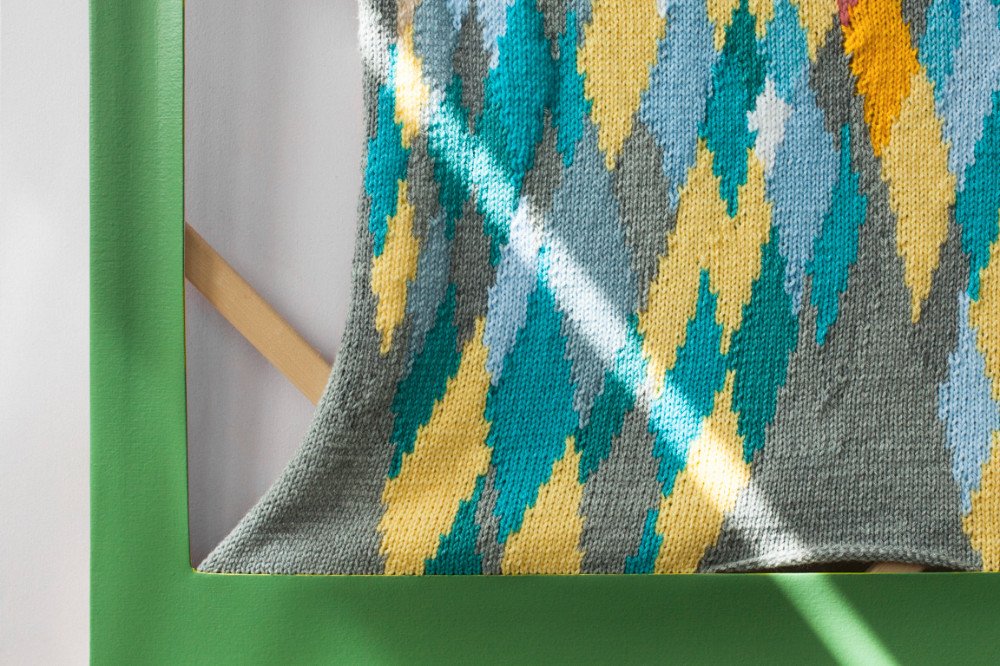
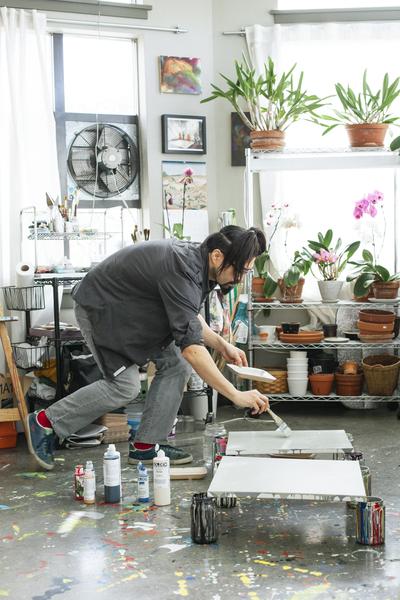
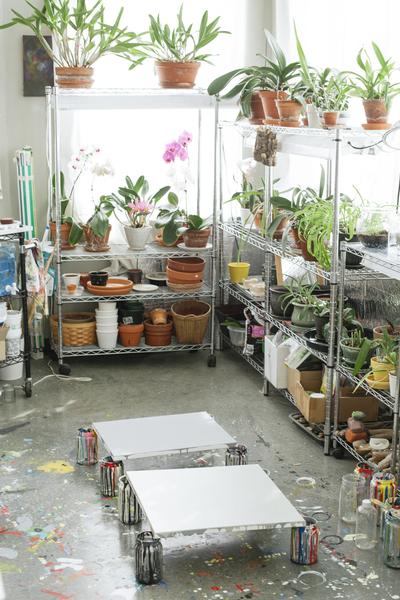
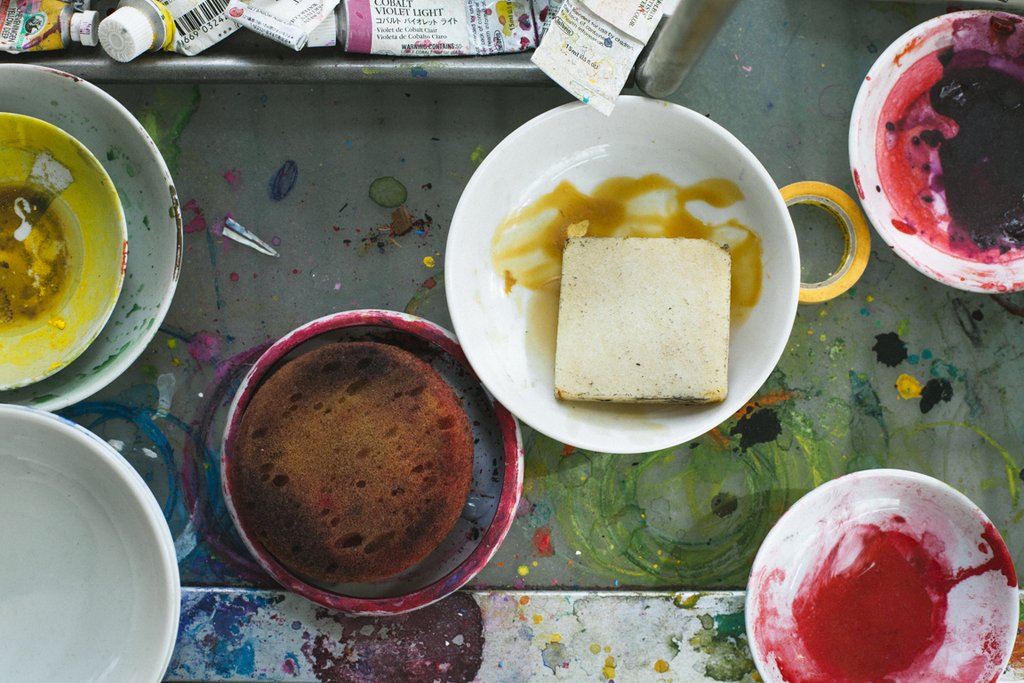
Komada broke new ground in abstraction seven years ago after the birth of his son. Deciding to keep his cadmium pigments safely in their tubes, he abandoned paint and began to use yarn as his primary medium. These days he is considered by most to be a knitter. But while the tone of his work has shifted, its core principles remain largely the same.
Knitting would seem about as far removed from abstract painting as one could ever hope to be. Whether you are talking about artistic processes, physical properties or cultural associations, knitting appears to have very little in common with the work of, say, Mondrian. By engaging these differences, Komada gives the now-storied tradition new life.
Using a pair of large, hooked needles to loop lengths of woolly thread around itself is generally regarded as ‘craft’ by the public while applying oils to stretched, framed canvases is termed ‘art.’ The safety, softness and warmth of the resulting fabric invites contact while the harsh vapors and chemical volatility of paint necessitates physical distance. And the utilitarian purposes of the former are fundamentally at odds with the essentialist demands of the latter. But Komada uses his humble bolts of yarn to both undermine and restore the high art authority of abstraction.
In knit pieces of varying scale – seen in galleries, museums and temporary public installations locally and nationally – he domesticates and demystifies the previous century’s most hallowed genre of art. While creating new qualities of color and geometry in his chosen material, the mythic-heroic stance of the artist gives way to the more nurturing, gentle role of the contemporary father.
This was made evident to me several years ago at the opening of Komada’s memorable 4Culture exhibit when I observed his son Enzo, then a toddler, wrap himself comfortably inside one the works on display.
For Vignettes Collection, he has created two knit pieces that forgo his usual palette of pinks, plums, oranges and greens for a starker black and white. Taking on the very source of Modern abstraction, they are a cottony nod to the Suprematism of Malevich. Within their wide, painted frames the taut edges of fabric curl back upon themselves, exposing narrow gaps along the margins. These open spaces reassure us that the world does not begin or end with the hermetic outline of the work of art.
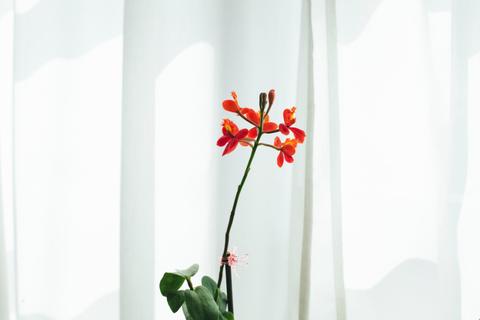
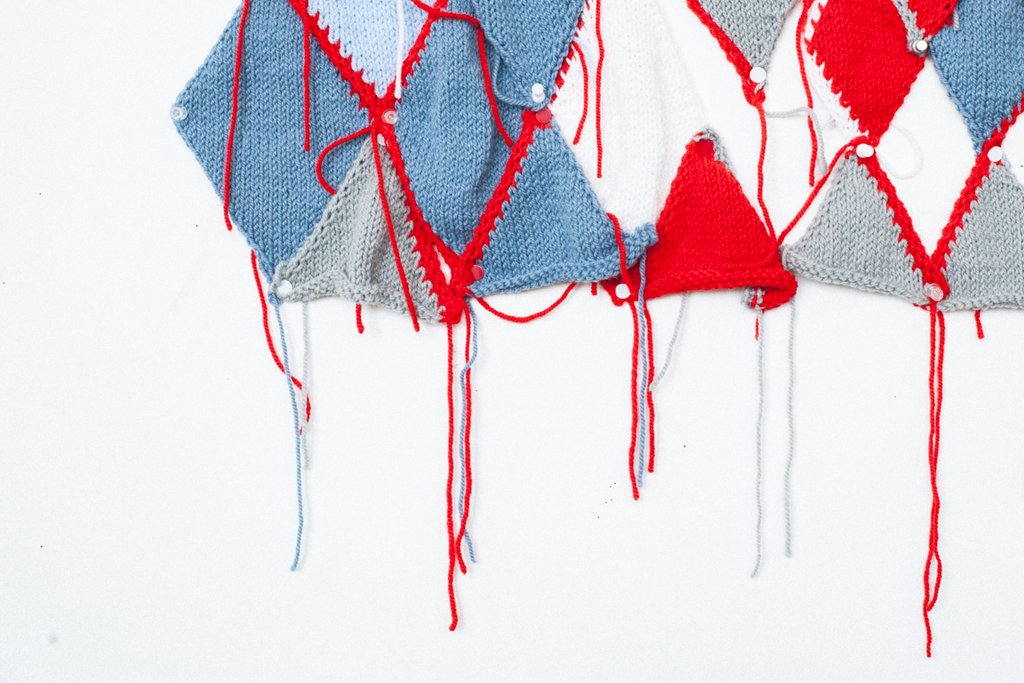

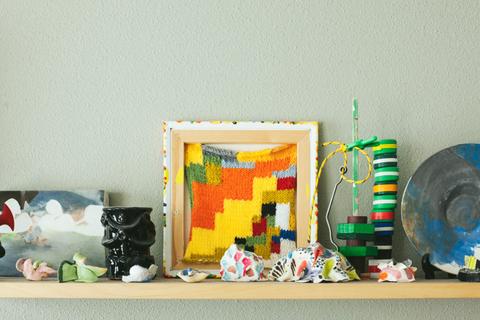
Back to In the Studio
